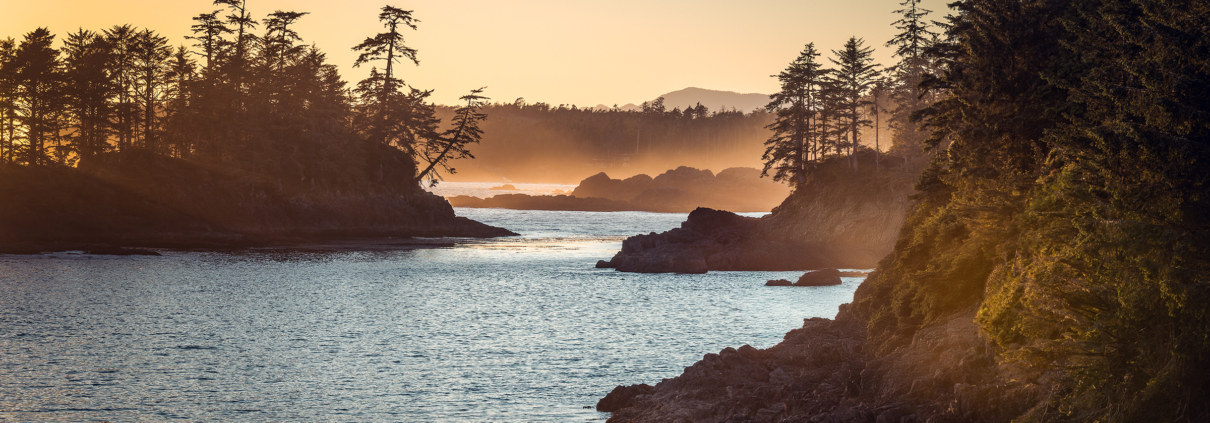When the Gates Close: What BC Park Restrictions Reveal About the Deeper Failure of Reconciliation
Recent reports of British Columbia closing provincial parks to non-Indigenous visitors during certain times have sparked strong reactions—especially in outdoor communities and online forums like morel mushroom picking groups, where similar access restrictions on reserve and Crown lands have appeared. These closures aren’t just policy decisions; they’ve become flashpoints in the national conversation about land, rights, and reconciliation.
Some critics, like a recent National Post opinion piece, warn that allowing exclusive Indigenous access to public lands risks creating division. They argue this trend could lead to a two-tier society where land access is based on ancestry, and that government support for these closures deepens mistrust among citizens.
But if we stop at “how dare they close the park,” we miss a deeper truth. These decisions are less about exclusion, and more about control—about the right to care for land that has, for too long, been misused or mismanaged by others. And they highlight something more profound: reconciliation, as led by government, is failing. Not because reconciliation is wrong—but because it has been shallow, procedural, and often performative.
The Roots of Restriction
First Nations communities have watched their ancestral lands be logged, mined, and trampled—often with government approval and little regard for cultural or ecological stewardship. Now, when Indigenous Nations use the few tools available to protect a space—temporary closures for cultural use or ecological recovery—they are criticized for exercising the very authority reconciliation was supposed to restore.
In mushroom picking circles, I’ve seen frustration about Nations closing land to commercial foragers. Yes, commercial pickers do leave messes—trash, trampled soil, disrupted regrowth. But what’s often missed is that these closures aren’t arbitrary. They’re a direct response to both ecological damage and a long history of being unable to set terms on their own land.
This isn’t about punishing the public. It’s about defending something sacred. And that’s a right many of us would claim too, if we had to fight for our land to be respected.
What Government Reconciliation Gets Wrong
The real failure lies not with First Nations, but with governments. For years, provincial and federal reconciliation efforts have been more about symbols than solutions. Land acknowledgments and bureaucratic frameworks like UNDRIP get signed and quoted, but the hard work of real relationship-building is often left undone.
Government-led reconciliation tends to operate in a vacuum: top-down decisions made with little support for community engagement, shared understanding, or practical stewardship models. So, when closures happen, people are surprised, confused, or even angry—because there’s no relationship in place to give those decisions context or trust.
So, What Can We Do?
If we want to avoid division—and build real reconciliation—it won’t come from government checkboxes. It has to come from us. Here’s how:
1. Understand Before Reacting
Instead of asking “Why are we being shut out?”, ask “What is this land being used for? Why is it important now?” If closures are for ceremonies, regeneration, or community healing, that deserves respect.
2. Build Relationships, Not Just Permissions
Local hiking clubs, foragers, hunters, and citizens can engage directly with nearby First Nations. Not just to ask for access, but to ask: What does respectful use look like? How can we help care for this land too?
3. Support Shared Stewardship
Rather than waiting for government policy, let’s explore co-management models where Indigenous and non-Indigenous communities work together on access, conservation, and education.
4. Push Governments to Empower, Not Control
Reconciliation should mean helping Nations steward land—not using them as figureheads while the government retains real control. Citizens can hold elected officials accountable to support real autonomy and resources for Indigenous communities.
Closing Thought
These closures are not just fences going up. They are signals. Signals that there is still unfinished business—about land, respect, and healing. Reconciliation doesn’t have to be a wedge. But it does have to be real.
And it’s not something we can delegate to government alone. If reconciliation is to mean anything, it must become something citizens live out—by building trust, restoring relationships, and walking onto the land together, with humility and care.


